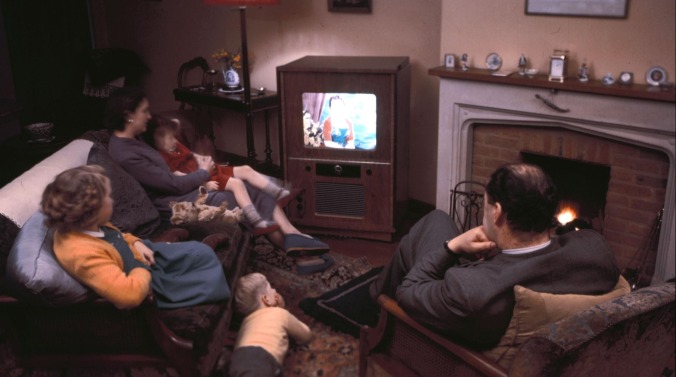Regular television apparently just had its worst month ever
For the first time, less than half of all TV usage in July came from people watching broadcast and cable

This has been a dramatic summer for the entertainment industry, with the Barbenheimer phenomenon doing big business at the box office while the ongoing WGA and SAG-AFTRA strikes call attention to the struggles faced by workers in Hollywood, but the traditional broadcast and cable TV networks are probably wishing that things were a little less dramatic right now in the world of show biz. That’s because, as reported by Axios, broadcast and cable accounted for less than 50 percent of all TV usage in July for what is apparently the first time ever (or at least the first time since anyone was tracking these things), with broadcast specifically hitting a “new low.”
The data came from Nielsen’s monthly survey, The Gauge, which also noted that cable’s share of the whole TV usage pie also fell below 30 percent for the first time ever. Combined with 20 percent going to cable, that left about 50.3 percent of all TV usage for streaming services and “other” (Nielsen says that’s, like, video games and stuff)—meaning, again, that more people spent July using their TVs to stream stuff or play Xbox than watch broadcast TV or cable.
Axios has a handy “why it matters” thing pointing out that the lack of any big sporting events in July (aside from the Women’s World Cup) really hurt the regular TV networks, but there is another reason this matters: The traditional TV networks are staring down the barrel of a fall schedule with no new scripted shows because of the strikes. Unless the strikes end immediately, that’s not going to change even when the football season kicks off (football pun), and since we’re talking about percentage of TV usage and not ratings, that’s going to benefit the streaming services and the “others.”
That might not be a big deal to the corporations that own a network and a streaming service, like how Disney has ABC and Hulu/Disney+ and NBCUniversal has NBC and Peacock, but if the market share is already skewing in this direction, then the strikes are going to start putting more and more of a strain on the companies that aren’t also running streamers—which could, in theory, sow some discord among the AMPTP companies that the actors and writers are striking against. At a certain point, someone might have to start questioning whether or not the traditional networks are simply letting themselves get crushed by the streamers when they choose not to give in to the unions’ demands.